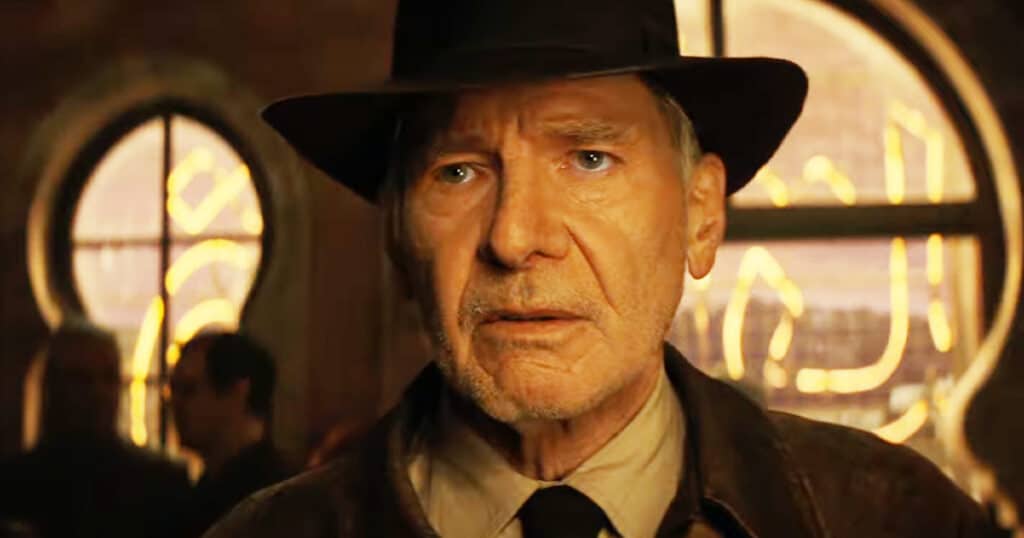
Henry Jones Jr. will be making a return to the big screens this summer with Indiana Jones and the Dial of Destiny, the first instalment in the series for fifteen years. Despite his age, Harrison Ford has been busier than ever, with him recently seen in the AppleTV+ show, Shrinking from the creator of Ted Lasso, Bill Lawrence, as well as the Yellowstone prequel 1923. The Hollywood Reporter recently spoke to Dial of Destiny director James Mangold who outlined how time has changed Indiana Jones.
“We can’t hide from where we are in our lives — none of us can — and neither can Indiana Jones. I wanted to follow Harrison’s own lead and simply deal with it straight on. It’s not just a movie about a hero in his twilight years who is called back into action. It’s more than just that his bones might ache, it’s that his soul might ache, or that some of his optimism or sense fitting into the world might have evaporated. The mistake you can make in movies — and we’ve all seen movies like this — is where someone is of a ripe age, but the entire movie is continuing this charade along with them that they’re not that old.”
The 80-year-old actor had also reprised his star-making role of Han Solo in Star Wars: The Force Awakens seven years ago. When Disney acquired Lucasfilm and Star Wars went back to the big screen, rumors had started to circulate about the future of the Indiana Jones franchise, whether they’d reboot or not. A popular name whipped around to take up the mantle was Chris Pratt after starring as his own adventurer in the Jurassic World trilogy, rumors all involved have shot down.
Even though Harrison is 80, in the movie, Indy is in his 70s as the film takes place in 1969. Mangold, adds, “The first three Indiana Jones movies took place in roughly the same period. They all easily fit with the serialized, theatrical, almost screwball-action style of the movies that were being released in the period they’re set in. The challenge for [director Steven Spielberg] on [Crystal Skull], and for me on this one, is: How do you move forward into new decades where the world is no longer seen in such clear demarcations of black and white and good and evil? Where the whole concept of raiding tombs and fighting over relics is looked at in a different way? It’s not about changing the story but allowing the character to experience how the world has changed around him.”




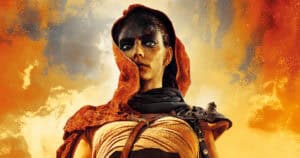
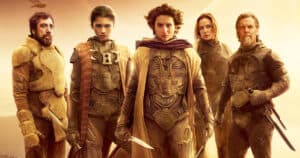
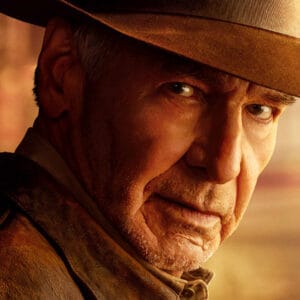
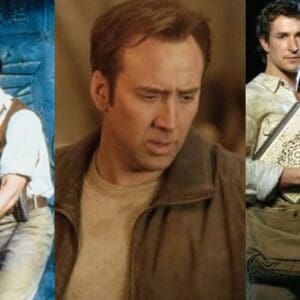
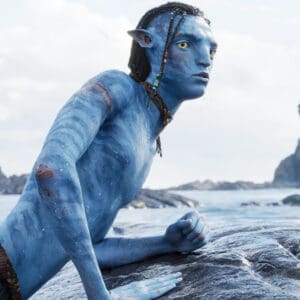
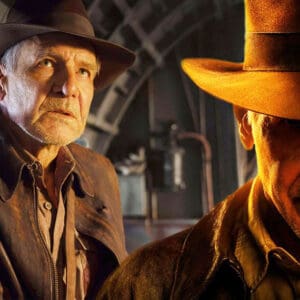
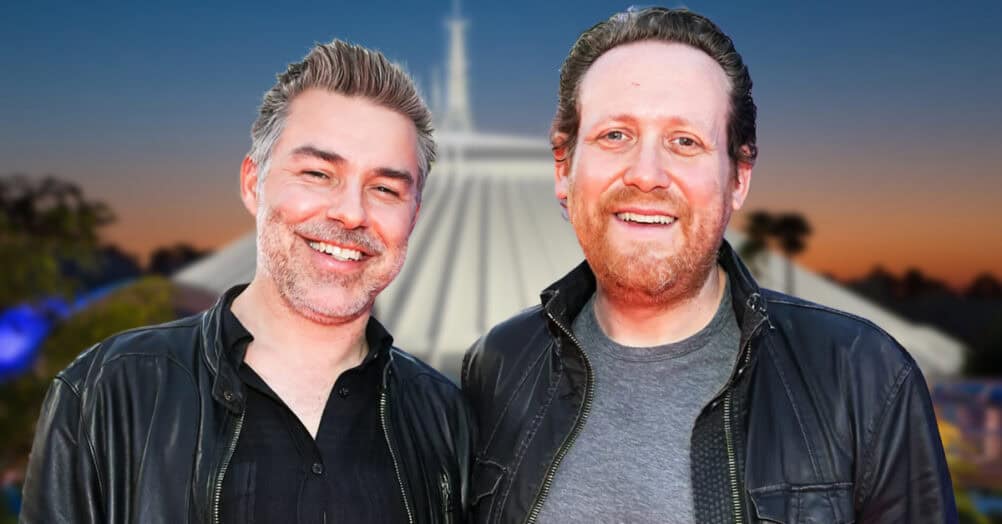
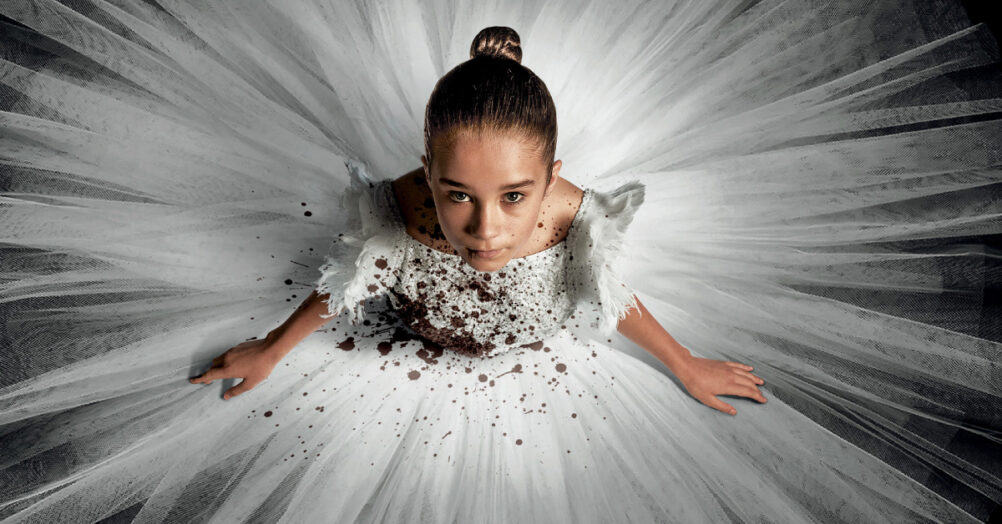
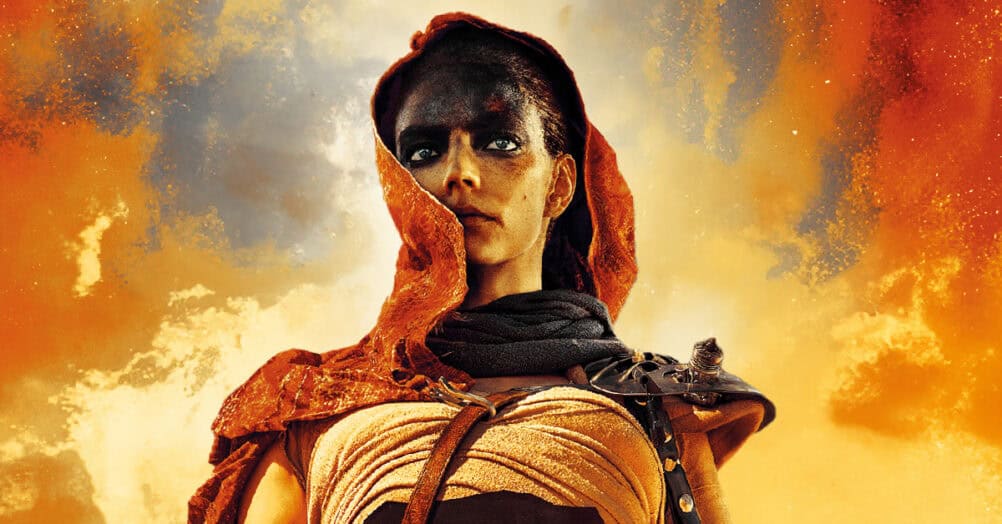
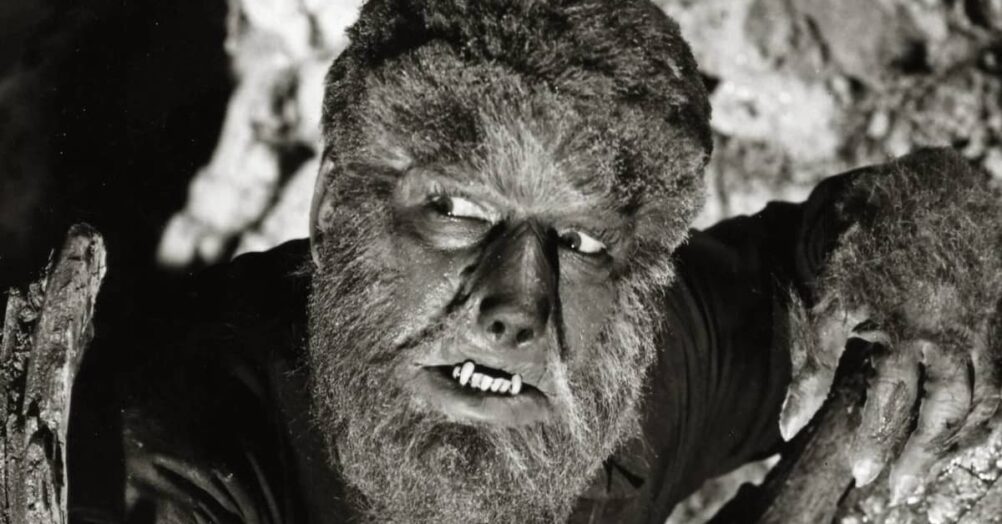
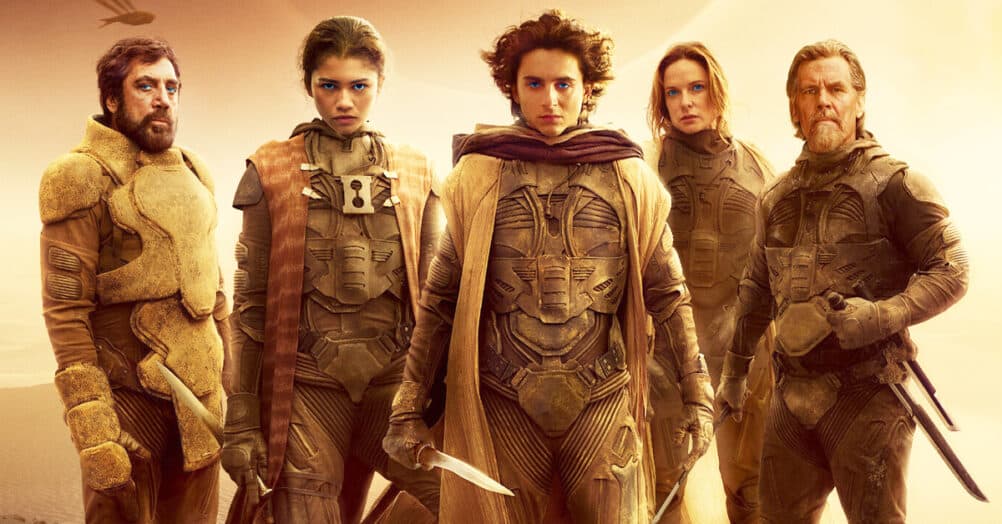
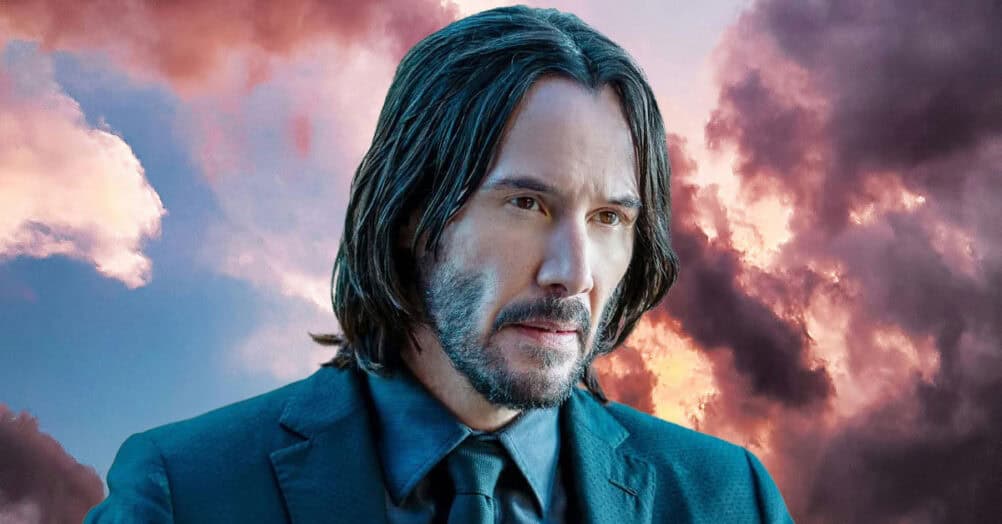
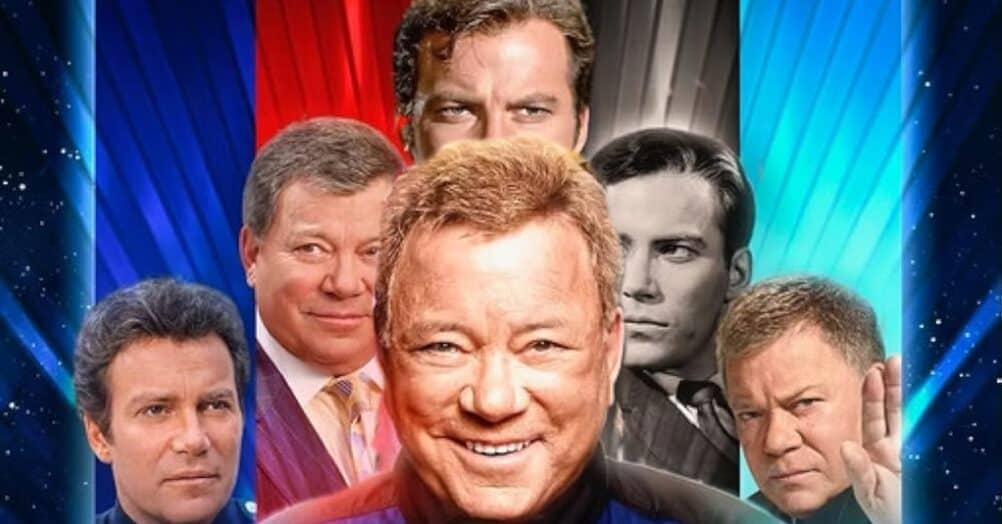
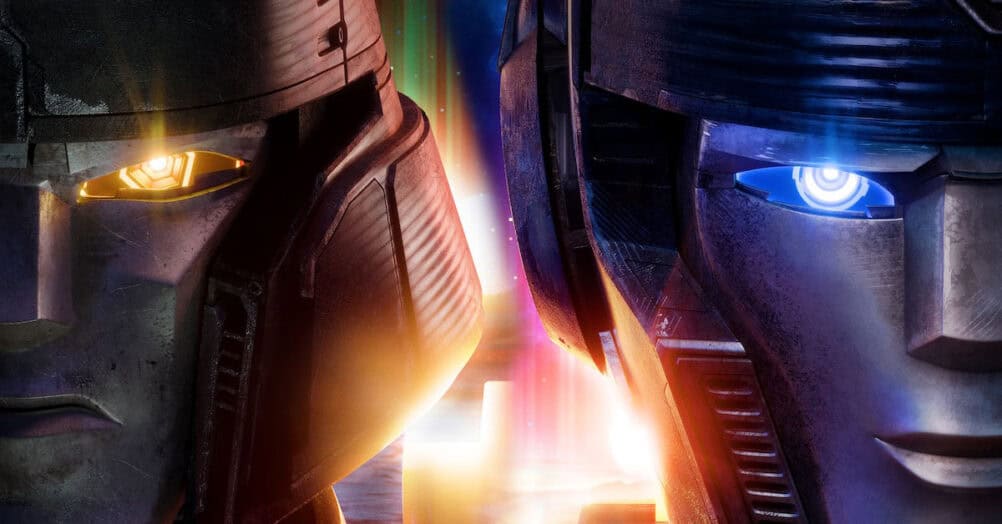


Follow the JOBLO MOVIE NETWORK
Follow us on YOUTUBE
Follow ARROW IN THE HEAD
Follow AITH on YOUTUBE